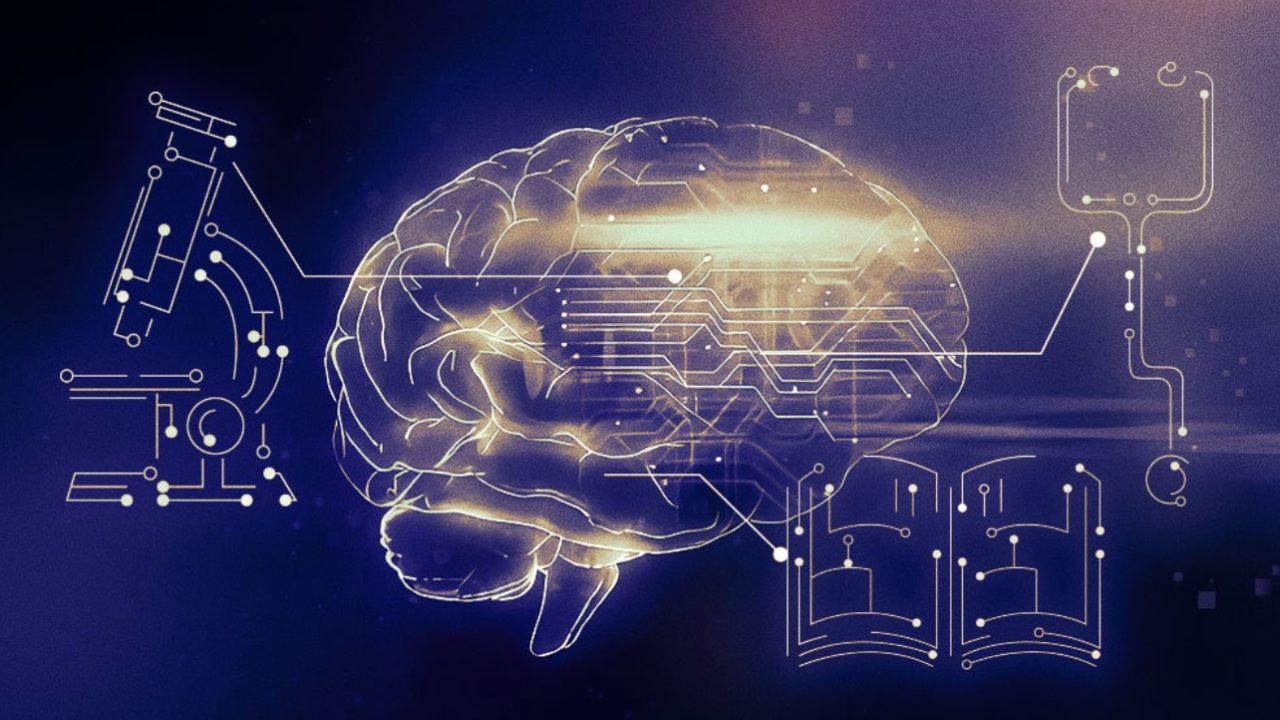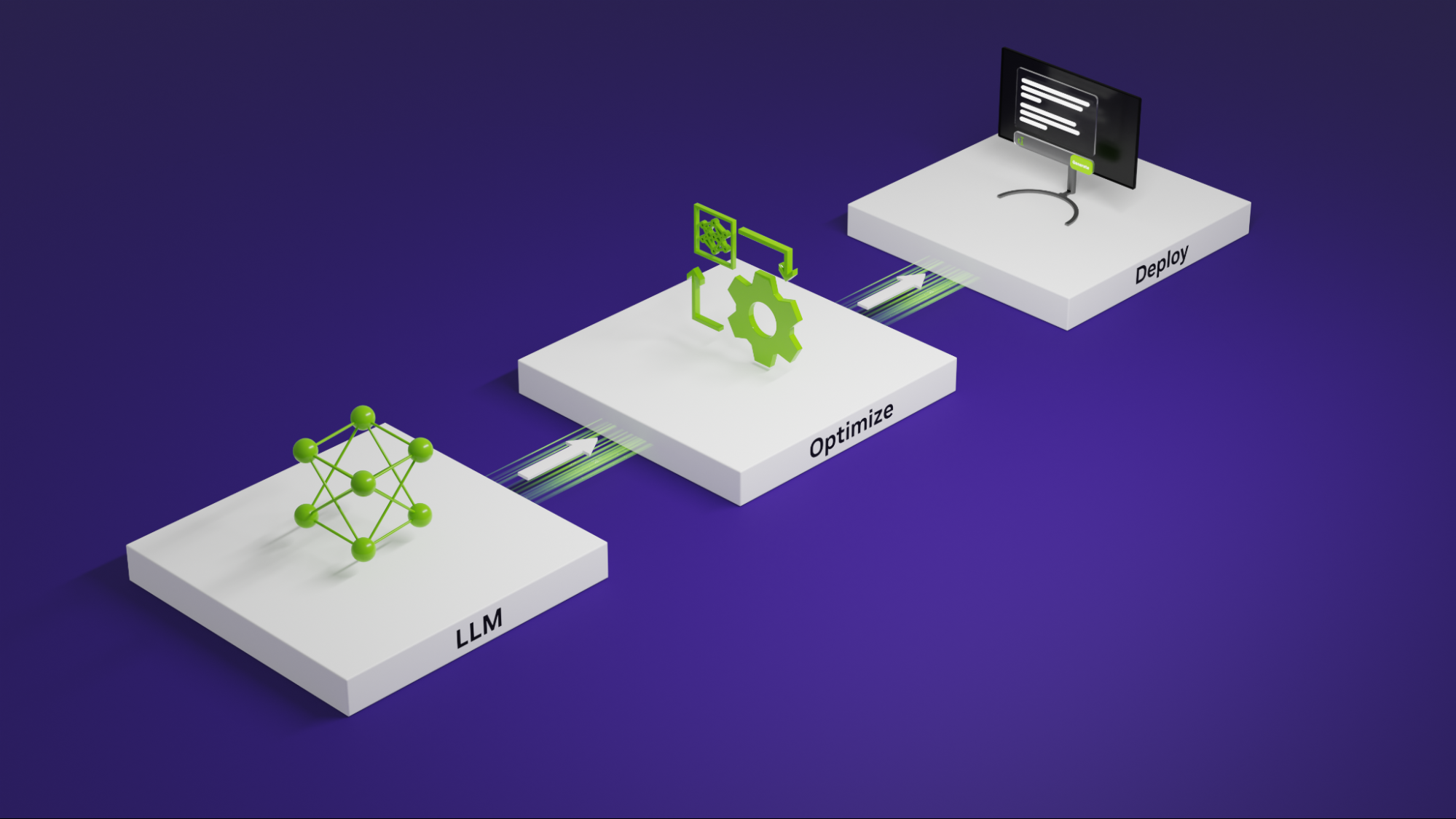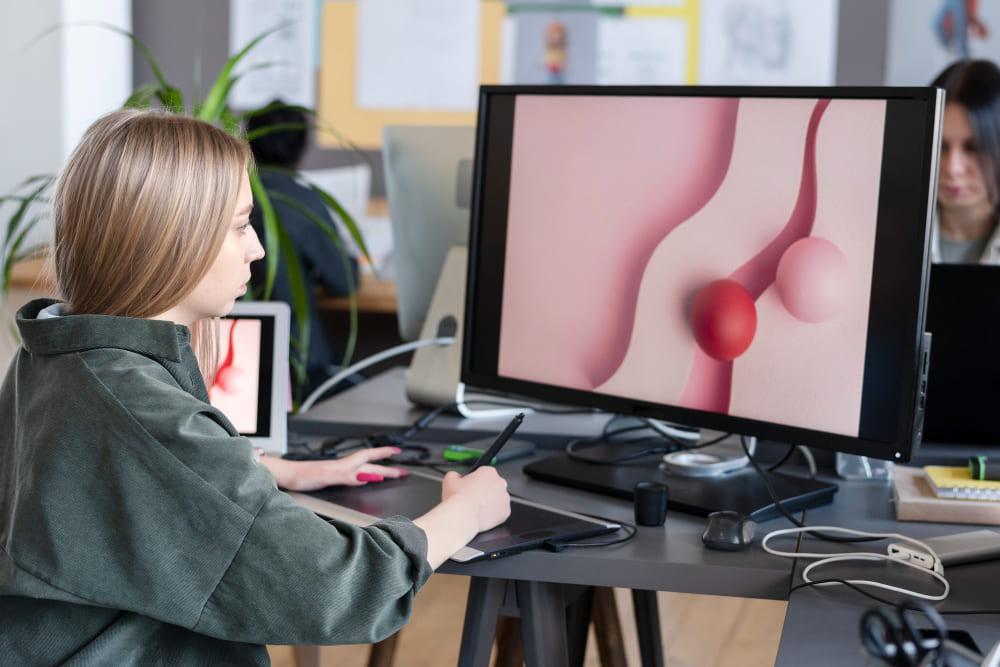
Pixel Perfect Performance: FrameTuner Empowers Digital Storytellers

Unlocking New Dimensions: FrameTuner's Performance Enhancement Module Goes Live
FrameTuner is thrilled to announce the successful completion and deployment of the Performance Enhancement Module for our core rendering engine. This significant milestone dramatically boosts our ability to deliver unparalleled visual fidelity and speed for digital storytellers, directly addressing common pain points like 3D render lag fix MSI Afterburner. Our engineers have meticulously worked to optimize GPU with MSI Afterburner settings, ensuring smoother, faster workflows for all users. This achievement marks a crucial step in empowering creators to realize their visions without technical bottlenecks, setting new benchmarks for real-time GPU monitor 3D workflows within our ecosystem.
The development process spanned over three intensive months, involving a rigorous cycle of research, prototyping, and extensive testing across diverse hardware configurations. Our approach centered on identifying and eliminating performance bottlenecks, employing a hybrid methodology that combined agile sprints for rapid iteration with structured phases for deep architectural analysis. This allowed us to quickly adapt to new insights while maintaining a clear long-term vision for scalability and efficiency. Extensive internal benchmarks, coupled with invaluable feedback from a select group of beta testers, were integral to refining the module, ensuring it met the demanding requirements of high-fidelity animation and visual effects production.
This significant accomplishment is a testament to the dedication and expertise of our talented team. Key contributors include Dr. Alistair Finch, who expertly led the architectural redesign, and Sarah Chen, our lead performance engineer, whose insights were critical in identifying and resolving optimization opportunities. The robust quality assurance was spearheaded by Mark Johnson, ensuring stable and reliable performance across various scenarios. Additionally, the invaluable contributions of the entire Rendering Core Team, including Javier Rodriguez (GPU Specialist) and Lena Petrova (Software Architect), were instrumental in bringing this vision to fruition. Their collaborative spirit and relentless pursuit of excellence truly made this possible.
Technically, the project presented several complex challenges, particularly in achieving consistent performance gains across a diverse range of GPUs and driver versions. This necessitated intricate driver-level optimizations and careful memory management strategies. We leveraged advanced profiling tools to pinpoint exact areas of inefficiency, implementing custom shaders and parallel processing techniques to maximize throughput. Our team extensively explored various approaches to GPU tuning for animation studios, integrating best practices for efficient resource utilization. The module now intelligently scales performance based on detected hardware capabilities, dynamically adjusting rendering parameters. This involved a deep dive into low-level API interactions and developing proprietary algorithms to enhance data transfer efficiency between CPU and GPU, ensuring an overall smoother and more responsive experience for creators. 
Looking ahead, this foundational work paves the way for even more ambitious performance enhancements and new feature integrations. The next phase will focus on integrating these optimizations into our real-time preview functionalities and exploring advanced ray tracing capabilities to further elevate visual quality. We are committed to continuously pushing the boundaries of what's possible in digital content creation, empowering our users with tools that redefine efficiency, creativity, and visual excellence.

